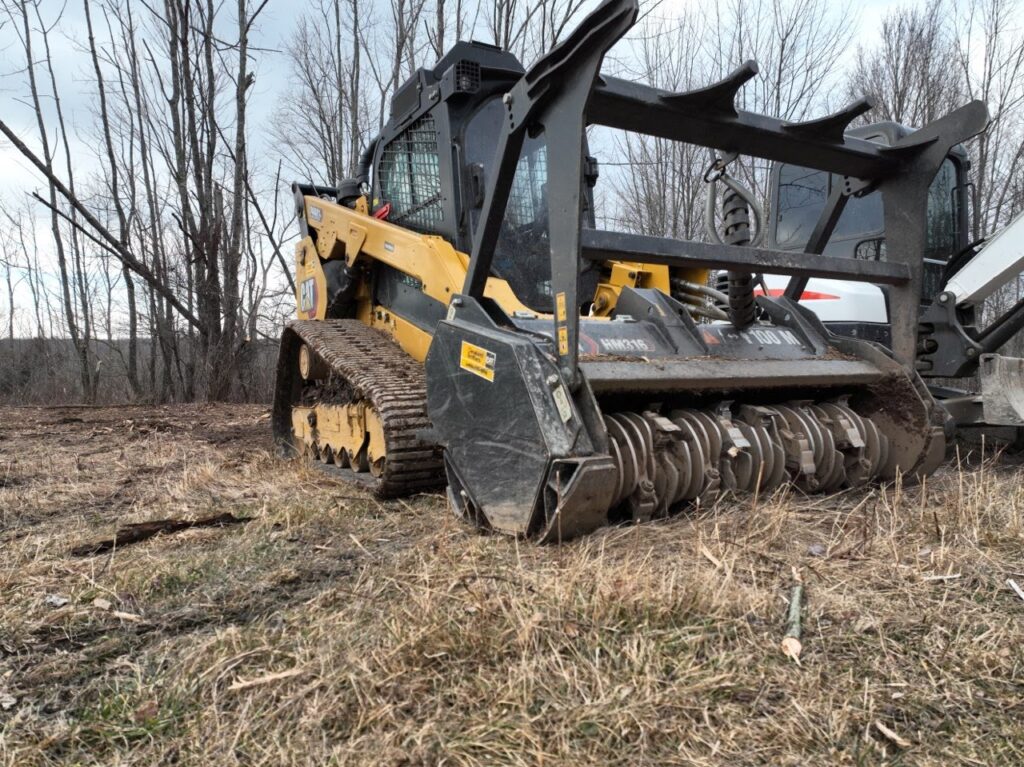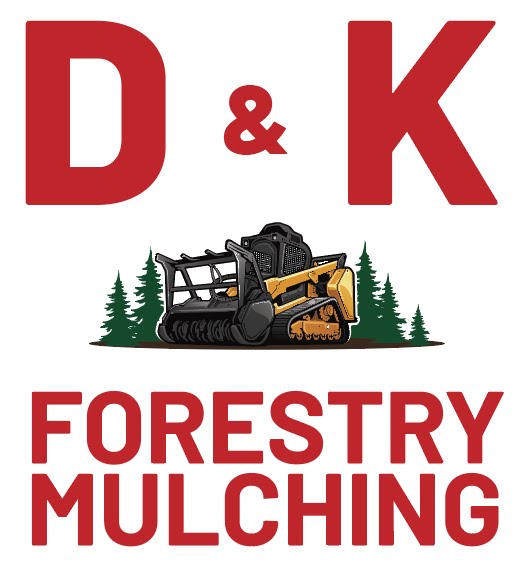
Forestry mulching is a technique that involves grinding trees, shrubs, and other vegetation into small particles using a specialized machine. This technique is gaining popularity among forest managers and landowners due to its many benefits. Forestry mulching has been shown to improve forest health, increase animal populations, and promote soil maturation by opening up the forest canopy.
Forestry mulching can improve forest health by removing dead or diseased trees and shrubs that can harbor pests and diseases. This technique also encourages the growth of new vegetation, which can provide food and shelter for wildlife. A study published in the journal Forest Ecology and Management found that forestry mulching can increase the diversity and abundance of plant species in forests. The study found that forestry mulching increased the richness of plant species by up to 47% and the abundance of plant species by up to 69%. This increase in plant diversity and abundance can have a positive impact on the overall health of the forest ecosystem.
Forestry mulching can also increase animal populations by providing new habitat and food sources. The grinding of trees and shrubs creates a more diverse forest floor, which can attract a variety of wildlife species. A study published in the journal Wildlife Society Bulletin found that forestry mulching can increase the diversity and abundance of small mammal species. The study found that forestry mulching increased the diversity of small mammal species by up to 36% and the abundance of small mammal species by up to 41%. This increase in small mammal populations can have a positive impact on the larger ecosystem by providing food for predators and helping to control insect populations.
The positive chain of events from opening the forest canopy on soil maturation is also significant. When trees are removed from an area, more sunlight is able to reach the forest floor. This increase in sunlight can promote the growth of new vegetation, which can help to stabilize the soil and prevent erosion. A study published in the journal Ecological Applications found that forestry mulching can improve soil quality by increasing the organic matter content in the soil. The study found that forestry mulching increased the organic matter content in the soil by up to 90%. This increase in organic matter can improve soil structure and water holding capacity, which can promote the growth of new vegetation and help to stabilize the soil.

In addition to improving soil quality, forestry mulching can also reduce the risk of wildfires. The grinding of trees and shrubs creates a more diverse forest floor, which can reduce the amount of fuel available for fires. A study published in the journal Fire Ecology found that forestry mulching can reduce the risk of wildfires by up to 90%. This reduction in the risk of wildfires can have a significant impact on forest health by reducing the amount of damage caused by wildfires.
The positive impacts on forest health, wildlife populations, and soil maturation are numerous. By removing dead or diseased trees and shrubs, forestry mulching can promote the growth of new vegetation, which can provide food and shelter for wildlife. The increase in plant diversity and abundance can have a positive impact on the overall health of the forest ecosystem. Additionally, forestry mulching can improve soil quality and reduce the risk of wildfires, which can further promote the growth of new vegetation and help to stabilize the soil.

Forestry mulching is a valuable technique for forest managers and landowners looking to improve the health of their forests. By promoting the growth of new vegetation, forestry mulching can provide food and shelter for wildlife, improve soil quality, and reduce the risk of wildfires. Two scientific articles that provide further evidence of the benefits of forestry mulching include “The effects of forestry mulching on plant diversity and composition in southern pine forests” published in Forest Ecology and Management.
If you need pasture reclamation, forestry mulching East of the Mississippi or have questions about techniques, reach out anytime dkforestrymulching@gmail.com or 570-679-2869.


My uncle wants to build a farm around his backyard so that he can raise different farm animals. I should talk to him about finding a forestry mulching company that can help with this project since it helps stabilize the soil. Perhaps this can help him achieve his dream farm unit!